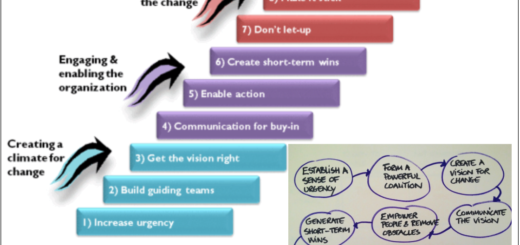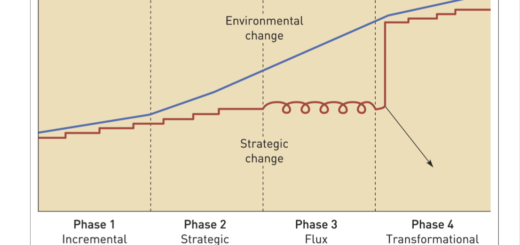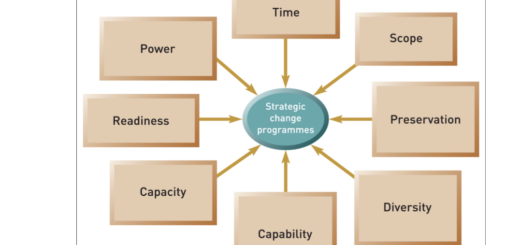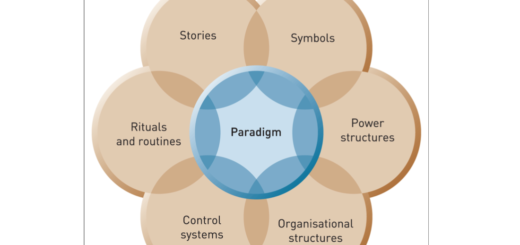Prescriptive (Deliberate or Intended) & Emergent Strategy
Prescriptive (or deliberate) strategy
Prescriptive (or deliberate) strategy refers to a strategic approach that is carefully planned and intentionally designed to achieve specific goals and objectives. In this type of strategy, the organization has a clear understanding of where it wants to go, and has put in place a roadmap to get there.
In a prescriptive strategy, the organization starts by defining its mission, vision, and values, and then sets specific, measurable, and achievable goals to align with these. The organization then develops a detailed plan that outlines the steps it needs to take to achieve its goals, taking into account the internal and external factors that will impact its progress.
Prescriptive strategies are often created and executed through a structured, top-down process, with clear decision-making authority and communication channels. They require careful analysis, planning, and implementation, and may involve a significant investment of time, resources, and effort.
Overall, prescriptive strategies are useful for organizations that have a clear understanding of their goals and the environment in which they operate, and that have the resources and capabilities to execute a well-designed plan.
- A deliberate and planned approach to achieving a particular goal or objective.
- Typically involves a top-down process of creating a detailed plan or set of guidelines.
- Focuses on achieving efficiency and predictability.
- May be inflexible and may not account for unexpected challenges or opportunities.
- Provides a clear roadmap for achieving a particular goal.
Emergent Strategy
Emergent strategy is a type of strategy that emerges over time as a result of the organization’s ongoing experimentation and adaptation to its environment. It is a bottom-up process that involves learning from experience and adapting to changing circumstances in real-time, rather than following a pre-determined plan.
Emergent strategies tend to be less formal and structured than prescriptive strategies, and are often developed and refined through a process of trial and error. They are characterized by flexibility, adaptability, and a willingness to experiment and take risks.
Emergent strategies can be useful for organizations that operate in rapidly changing or uncertain environments, where the ability to be agile and responsive is critical. They also allow organizations to experiment and innovate, and to respond quickly to new opportunities or challenges as they arise.
An emergent strategy comes about through a series of decisions – a pattern which becomes clear over time ..…not a ‘grand plan’, but a developing pattern in a stream of decisions.
However, emergent strategies can also be less predictable and less controlled than prescriptive strategies and may lead to inconsistent or conflicting decisions and actions if not properly managed. Additionally, organizations with an emergent strategy may struggle to establish a clear direction or sense of purpose and may be less able to effectively communicate their goals and plans to stakeholders.
In conclusion, emergent strategies are a flexible and adaptive approach to strategy that can be useful for organizations operating in rapidly changing environments, but also come with potential challenges and limitations.

Emergent Approach Characteristics
- Encouragement of informal communication networks within organizations to improve the flow of ideas and encourage innovative thinking
- The use of temporary structures such as task forces and project teams to implement change
- The use of pragmatic problem-solving and experimentation as a route to developing new strategies. Strategic change consists of the accumulation of successful experiments.
- Strategy is orchestrated through the shared visions and values generated by senior management





